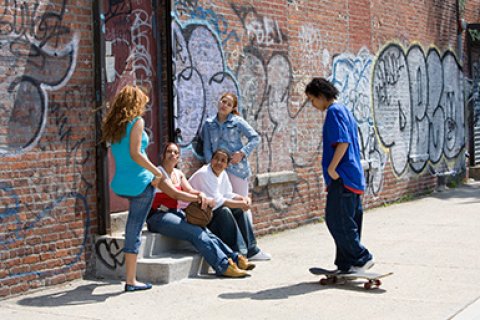Research

Identifying pathways of resilience and risk
Childhood and adolescence are critical developmental periods. They have profound and long-lasting implications for social development, learning performance, (mental) health and well-being throughout life. Although Dutch children and adolescents are among the happiest in the world, there are youth who do not feel they belong, get victimised by their peers, experience anxiety and depression, or show aggressive behaviour.
Society is rapidly changing, with growing demands on youth to cope with change and to navigate across increasingly complex contexts. Today’s youth live in a world marked by a more diverse population, greater information transfer, increasing opportunities and choices, but also greater health and educational disparities, high expectations and less latitude for failure, and less predictable pathways towards adulthood. These new challenges raise new questions about the optimal personal and social development of current and future generations, and require new strategies for parents, teachers, youth care professionals, and policy makers to support youth in developing their full potential as productive, participating citizens.

To answer these questions and develop these strategies, we conduct research, in collaboration with other disciplines and societal partners, on how individual, social and societal factors influence each other to promote the resilience of young people and to reduce the risk of psychosocial problems. We investigate how and why particular developmental trajectories, from infancy into adulthood, are affected by (interacting) factors at:
- the level of the individual (psychophysiological and neurocognitive processes, temperament, perinatal difficulties),
- the level of the proximal social environment (quality of parenting, siblings relations, peer relations, bullying, social networks), and
- the level of the social and cultural environment (socioeconomic inequality, ethnic diversity, neighbourhood characteristics, cultural lifestyles, and new technologies).




